Cannulas are important in clinical settings. An IV cannula is a small plastic tube that can be inserted into the vein to supply fluids, medication, directly to the bloodstream. Intravenous (IV) cannulation is the technique used for the insertion of a cannula inside a vein to provide venous access. The venous access could be used to administer medication, parenteral nutrition, fluids, blood therapy, chemotherapy, and also for sampling of blood.
Different types of IV cannula are available for different purposes, such as the collection of blood. The main vein positions used for cannulation in the fore arm include median cubital, cephalic, and basilic. In the hand, the main veins for IV cannulation are the dorsal venous arch, and the metacarpal veins.
There are many types of cannula, such as nasal cannula, that run under the nose to deliver oxygen. There is also an arterial cannula used mainly on the radial artery. It is used in critical conditions to draw blood, and also measures blood pressure.
For the purpose of this post, we will discuss only the different types of IV cannula.
Different Types of IV cannula sizes
There are different types of IV cannula sizes in a clinical setting. The main types of cannula are :
Peripheral IV cannula:
They are most commonly used for patients in emergency, surgery units, and those undergoing radiation imaging. Used for at most four days. It is attached to an IV catheter, and a tape is used to hold it to the skin. In this post, we are focusing on the peripheral IV cannula sizes.
Central line IV cannula:
For patients who are undergoing a prolonged treatment, say weeks, months. They deliver medication faster, making it an excellent choice for a large amount of blood.
They attach this cannula to the jugular vein in the neck, subclavian vein, or the femoral vein.
Midline catheter:
These types of cannula are less invasive and used for patients who are receiving treatment for more than five days, but less than a month. It can draw out blood samples or deliver content to the body.
A midline catheter is placed at the large vein in the upper part of the arm
Different Sizes of Cannula
Different types of cannula have different colors, length, flow rate, and, importantly, different uses. It is good to note that the bigger the cannula size, the smaller the number.
For instance, a cannula size of 16G is larger in diameter than a cannula of the size of 22G and will have a faster flow. The “G” in cannula size stands for “Birmingham gauge” This gauge is used to show the thickness, or diameter of different hypodermic needles. In this post, we will explain all the different types of IV cannula by sizes, colors, and estimated flow rate of 1L/hour.
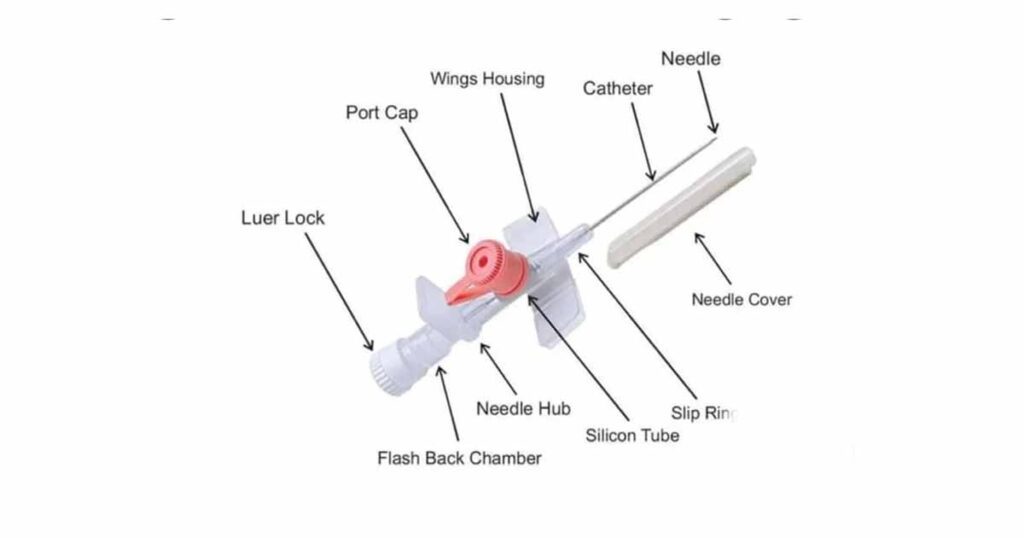
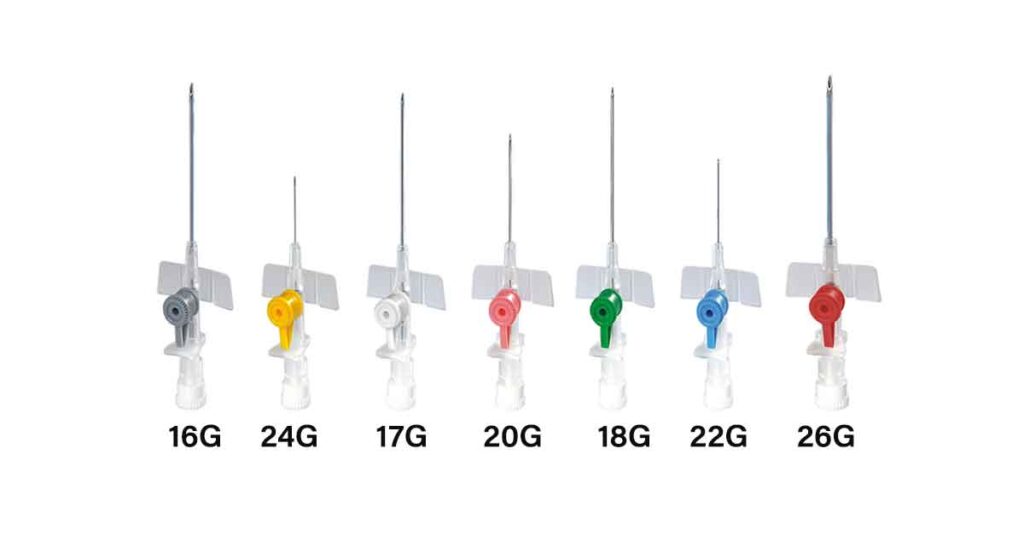
Cannula size 14G
The cannula color is Orange. It has a flow rate of 10.3l/hr for blood (290ml/minute), 16.2l/hr for plasma, and 13.5l/hr for crystalloids. The length is 45 mm, and an outside diameter of 2.10 mm.
Uses Emergency blood transfusion, large volume replacement, surgeries, and trauma cases.
Cannula Size 16G
The 16G cannula size is Medium Grey in color. It has a flow rate of 7.1L/hr for blood (180ml/minute), 10.8l/hr for plasma, and 9.4l/hr for crystalloids, such as 0.9% normal saline, 5% dextrose water. The length is 45, while the outside diameter is 1.70 mm.
Uses: It is mostly used in emergency blood or blood product transfusion, intravenous fluid replacement, surgeries where rapid results are needed. The uses are similar to the 14G type.
Cannula size 17G
Comes in White color, with a length of 45, flow rate of 130 ml/min, and outside diameter of 1.50 mm.
Uses: For rapid fluid replacement, blood transfusion, surgery, and trauma.
Cannula size 18G
This cannula size is Deep Green in color. The flow rate is 2.7l/hr for blood (90ml/minute), 4.8l/hr for plasma, and 4.1l/hr for crystalloids. It has a length of 45, and an outside diameter of 1.50 mm.
Uses: It is used for blood transfusions, fluid replacement, large fluid volume, trauma cases, parenteral nutrition, and stem cell harvesting, major surgeries. It is also used to administer dyes in contrast studies.
Cannula size 20G
The 20G cannula comes in Pink color. It has a length of 32 mm, and a flow rate of 1.9l/hr for blood (60ml/minute), 3.2l/hr for plasma, and 2.9l/hr for crystalloids. The outside diameter is 1.00 mm.
Uses: For transfusion of blood and intravenous fluids in non-emergency situation and for IV analgesia. It is the most commonly used cannula in clinical settings.
Cannula size 22G
The cannula is Deep Blue in color. It has a length of 25 mm, outside diameter of 0.85 mm, and a flow rate of 1.1l/hr for blood (36ml/minute), 1.9l/hr for plasma, and 1.7l/hr for crystalloid fluids.
Uses: Used in most pediatric cases, and for smaller veins for transfusion of fluids, blood. Also used in the elderly and oncology patients. It is suitable for slow speed infusions.
READ ALSO: Differences between IV Giving Set and Blood Giving Set
Cannula size 24G
The color of the cannula is Yellow. It has a length of 19 mm and a flow rate of 20ml/min. The outside diameter is 0.70 mm.
Uses: Used mostly for infusion for neonates, and also children, older patients, routine blood transfusion.
Cannula 26G
This cannula is violet. It has a length of 19 mm, and a flow rate of 13 ml/min. The outside diameter is 0.60 mm.
Use: It is also used in neonates and pediatrics.
Important Features of an IV Cannula
- Graded in color for easy identification of each gauge.
- Sterile for single use.
- User friendly.
- The material of the different types of cannula must be bio-compactible and offer long indwelling time.
- Needle hub should have a rounded grip for better support.
- The needle safety guard should cover the bevel after withdrawing the needle from the hub to avoid needle stick injury to the patient.
- Improved needle with good material to help uncomplicated penetration, and cause less pain.
- Injection port with snap fit cap for easy opening and closing
Main Uses (Indication) of the IV Cannula
The IV cannula is used to administer intravenous fluids, blood and blood products, medications, IV nutritional support, and for repeated blood sampling.
Contraindication
- Extremity with an arteriovenous fistula
- The arm on the side of a mastectomy
- Extremity with injury, inflammation, infection, or burning.
Complication of IV Cannula
- Phlebitis: Inflammation of the vein
- Thrombophlebitis: Thrombus formation and inflammation in the vein, which occurs after phlebitis.
- Infection: From pathogens in the tissues around the IV site.
- Venous spasm: Spasm occurring in the vein walls.
- Extravasation: Occurs from drug filtering from the intravenous line into the surrounding tissues.
- Occlusion: When the intravenous infusion ceases or slows down due to fibrin formation in or around the cannula tip, or mechanical occlusion (kink) in the cannula.
Important Considerations while using the IV cannula
It is necessary to note that cannulation can be painful. It is important to reduce the anxiety and fear in the patient. Use cold spray to reduce the pain. An expert handling is needed to avoid complications from cannulation such as extravasation (cannula entering the tissue instead of vein causing swelling), embolism, haematoma, thrombophlebitis, and artery puncturing.
To avoid infection, the small cap on the outside of the cannula should always remain closed. Use the tourniquet about 5-10 cm above the cannulation site to help you select the right vein. The cannula should always be washed with normal saline before and after administration of injection. It is recommended that the cannula should be changed after every 72 hours.
Wash your hands, and sanitize your skin with an alcohol-based solution. When your skin is dry, make sure you use your disposable hand gloves. The patient’s skin must be wiped with a 2% chlorhexidine, and 70% alcohol solution.
For more in-depth knowledge on cannulation, watch this video.
References:
- https://www.ivcannula.com/cannula-with-wings-with-port.html
- https://smartmedicalbuyer.com/blogs/smb-blog/types-of-iv-cannulas-and-their-uses
- https://pedagogyeducation.com/Resources/Infusion/Peripheral-IV-Catheter-Chart
- http://ksumsc.com/download_center/Archive/3rd/433/433%20Teams%20work/OSCE%20team/1st%20Semester/Stations/Miscellaneous/IV%20cannulation.pdf
- https://ilifemedica.com/iv-cannula.html

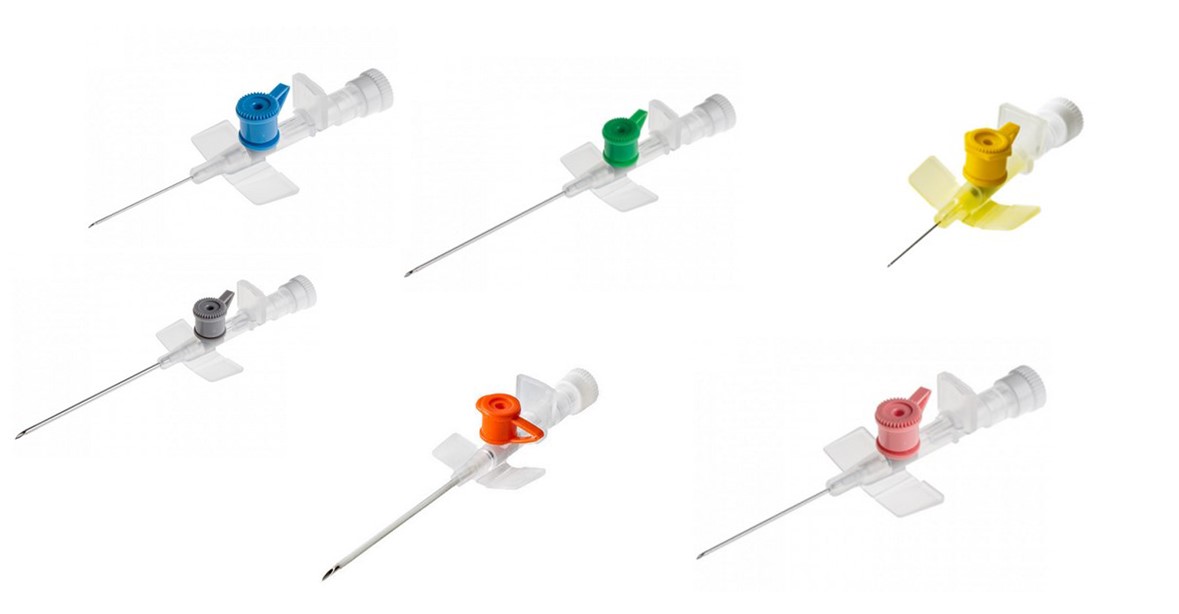
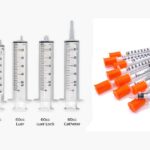







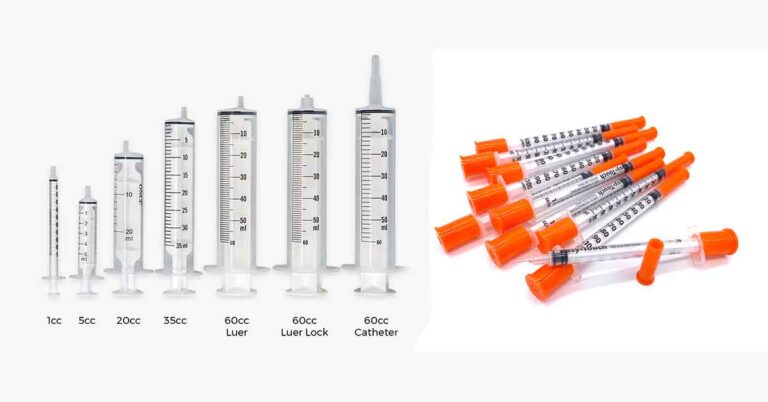
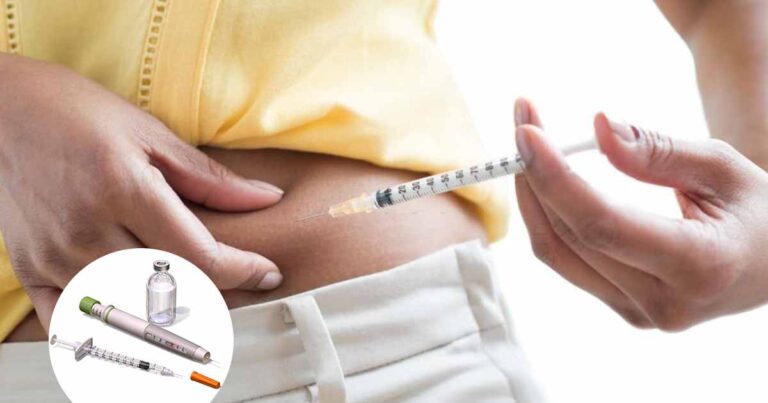

They ares so nice and educational
Thank you
Lars Medicare Provides you a variety of medical products which is manufactured in india, like IV cannula, safety iv cannula, 3way-stopcock, 3way-stopcock with extension tube, IV Infusion Set, Infusion Therapy etc., so please go and check our website- https://www.larsmedicare.com/
Lars Medicare | IV Cannula | Safety IV Cannula | IV Infusion Set | Infusion Therapy | Hypodermic Syringe|
Hy,
Your content is too good. Please provide us a backlnk.
We are MAIS INDIA MEDICAL DEVICES PVT. LTD. leading company in medical device manufacturing. You can check out IV Cannula for the best price.
Link: https://www.maisindia.com/iv-cannula/